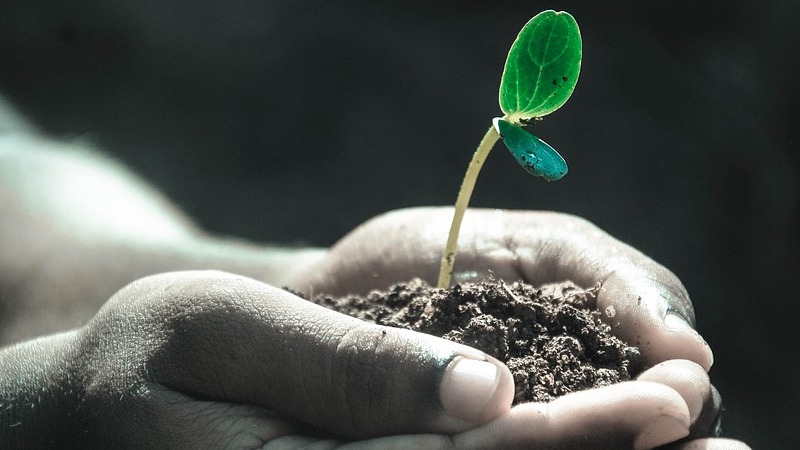As a young forester I developed a close and often messy bond with soil. From conducting soil and vegetation surveys, to digging soil pits, to planting trees, I spent quite a lot of time around — and covered in — soil.
Soil is so much more than mud. A university lecturer of mine, Ewart Adsil FitzPatrick, was the one who first taught me taught me the basics of soils structure and classification.
His course opened my eyes to the fact that soils are a living, delicate treasure that form the basis of agriculture, forests, biodiversity, and water supply, to name a few.
The role of soils in producing food and fuel and keeping ecosystems healthy is well understood. Increasingly, however, soils have also caught international attention because of climate change. The links between climate change and soils are quite complex: soils are affected by a changing climate, but they can also help limit how much it changes.
Soils are what we call carbon sinks, that is, they can absorb and store significant amounts of carbon dioxide over the long term. Globally, the top meter of soils contains about three times as much carbon as in our entire atmosphere. However, decades-long global trends like palm oil cultivation, soy harvesting, and cattle ranching have altered landscapes to the point where soil has now also become a carbon source, releasing very large amounts of CO2 into the atmosphere. In fact, agriculture-related changes in land use and soil drainage are responsible for about 10-15% of all greenhouse gas emissions (GHG) worldwide. Without greater efforts to address forest loss and land degradation, this figure could swell to as much as 45% by 2050.
“Okay,” you might say, “it’ll balance out, what we lose here we gain there.” But here’s where it gets interesting: it takes hundreds or thousands of years for a carbon sink to stock up on CO2, but it could take as little as a few decades, or even a few days, to release it all into the atmosphere. Just look at the wildfires that recently devastated parts of California.
Soil management is not only an important tool for mitigating climate change. It is also an essential means of improving global food security. In order to meet the challenges of feeding a population of nearly 8 billion in the context of climate change, we have to fundamentally transform our agriculture and land management practices to increase soil organic carbon. Approaches like agro-ecology, organic farming, conservation agriculture, and agroforestry do this and more. Known as climate-smart agriculture, these practices can make soil less prone to erosion and desertification, and improve water and nutrient cycles that make food processes more productive and resilient.
Even the briefest conversation about soils and climate is bound to include one particular group of soils: peatlands. Although they cover just 3% of land surface, peatlands are boggy grasslands estimated to contain more than 550 gigatons of carbon, or 42% of all soil carbon. Peatlands are the largest natural terrestrial carbon store, but they face the dual pressures of climate change and land-use conversion. When fires ravaged Indonesian peat swamp forests in 2015, for example, they emitted nearly 16 million tons of CO2 per day. To put it in perspective, Indonesia produced more daily emissions than those of the United States.
Unfortunately, I learned that my former soils professor Dr. FitzPatrick — or “Fitz” as he was known to everyone — died earlier this year at the age of 92. However, as we strive for the low-carbon future we need, his enthusiasm for soils is more necessary now than ever. During the week of World Soils Day, I hope you can be as inspired as I was three decades ago to champion climate-smarter soil management practices for a more sustainable world.
This post is sponsored by the Climate Investment Funds. See our editorial guidelines for what this means.
